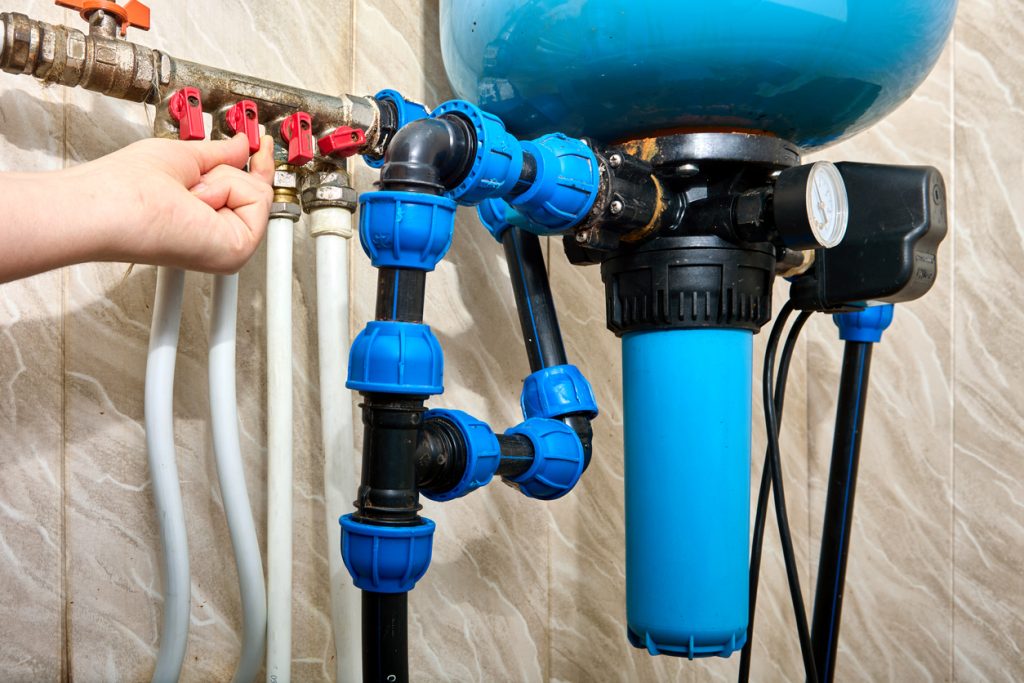Pipework chlorination is a critical process for maintaining the safety and hygiene of water systems across the UK. As a powerful disinfection method, it effectively eliminates harmful pathogens, including bacteria and viruses, thereby preventing the spread of these contaminants through water supplies.

Contact Us
Understanding Pipework Chlorination
Pipework chlorination is a meticulous process of disinfecting pipes that carry drinking water. Utilising chlorine, a potent disinfectant, this method ensures the elimination of pathogens that may reside within the pipe network.
Chlorination is mandatory for new pipework installations before they are put into use. It also plays a vital role in maintaining the integrity of existing water systems, especially following repairs or maintenance work.
The Importance of Pipework Chlorination
Waterborne pathogens pose a significant threat to public health. If left unchecked within pipework, these harmful organisms can contaminate the water supply, leading to a range of illnesses from mild stomach upsets to severe health complications. Pipework chlorination is the first line of defence against these threats. By effectively eradicating pathogens, chlorination safeguards the health and well-being of individuals who rely on the water system.
The Pipework Chlorination Process
The pipework chlorination process follows stringent regulations and industry best practices as outlined by organisations such as the Drinking Water Inspectorate (DWI). Here is a detailed breakdown of the typical steps involved:
The initial step involves flushing the pipework with clean water to remove any debris or sediment that might obstruct the disinfection process. This ensures chlorine can effectively reach all areas of the pipe network.
A measured amount of chlorine solution, meeting the required concentration as per regulations, is then introduced into the pipes. This solution remains within the system for a specified contact time, ensuring thorough disinfection of the entire pipe network.
After the contact period, the chlorine solution is neutralised to render it harmless. This step prevents any excessive residual chlorine from entering the water supply. The pipes are then meticulously flushed with clean water to remove any remaining chlorine solution.
Following the final flush, water samples are collected from various points within the system. These samples undergo rigorous testing in accordance with UK regulations to confirm the absence of harmful pathogens and acceptable levels of chlorine residuals.
Upon successful completion of the disinfection process and confirmation through water sampling, a chlorination certificate is issued by a qualified body. This document serves as verifiable proof that the pipework system meets mandated safety standards and is safe for use.
Standard chlorination is not the only method available for disinfecting pipework. Visit our page comparing water treatment methods such as chlorination, UV disinfection, and ozonation to learn more.
